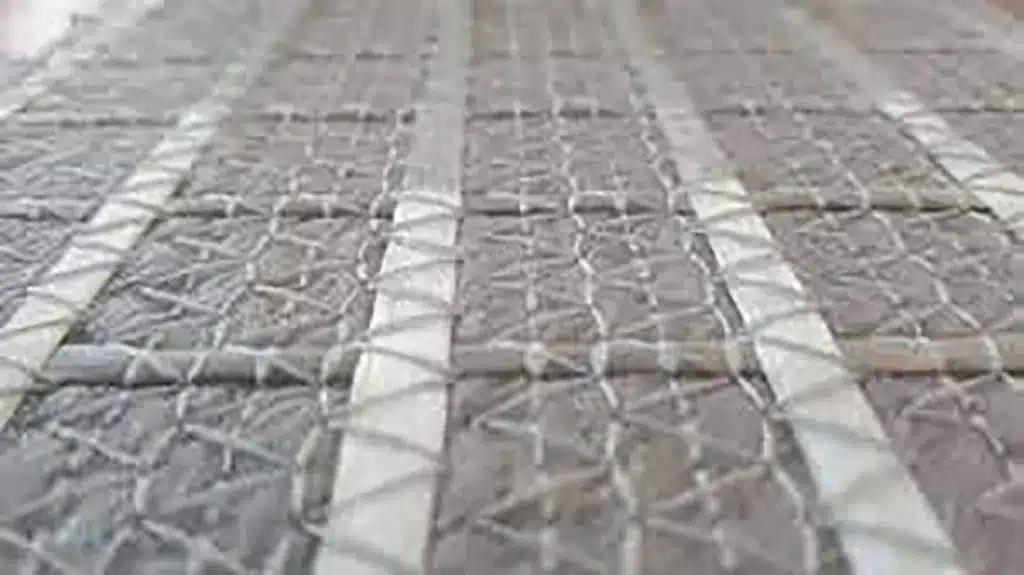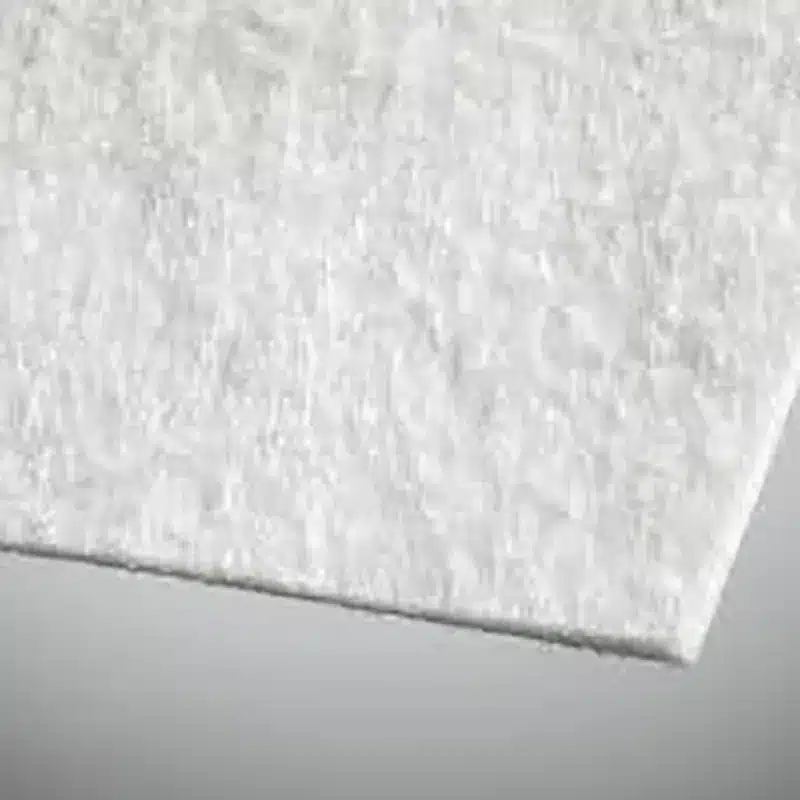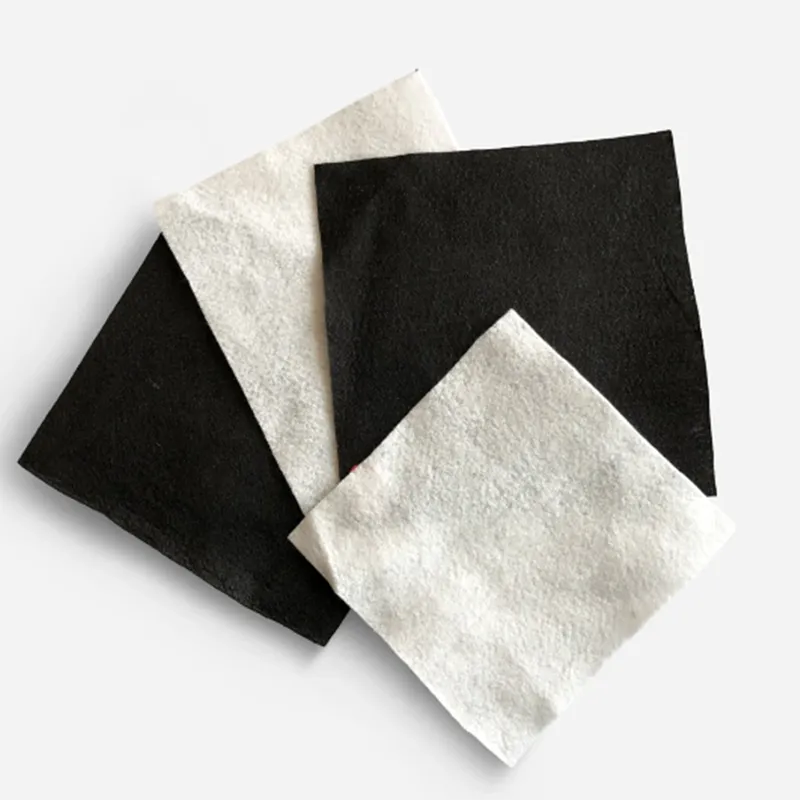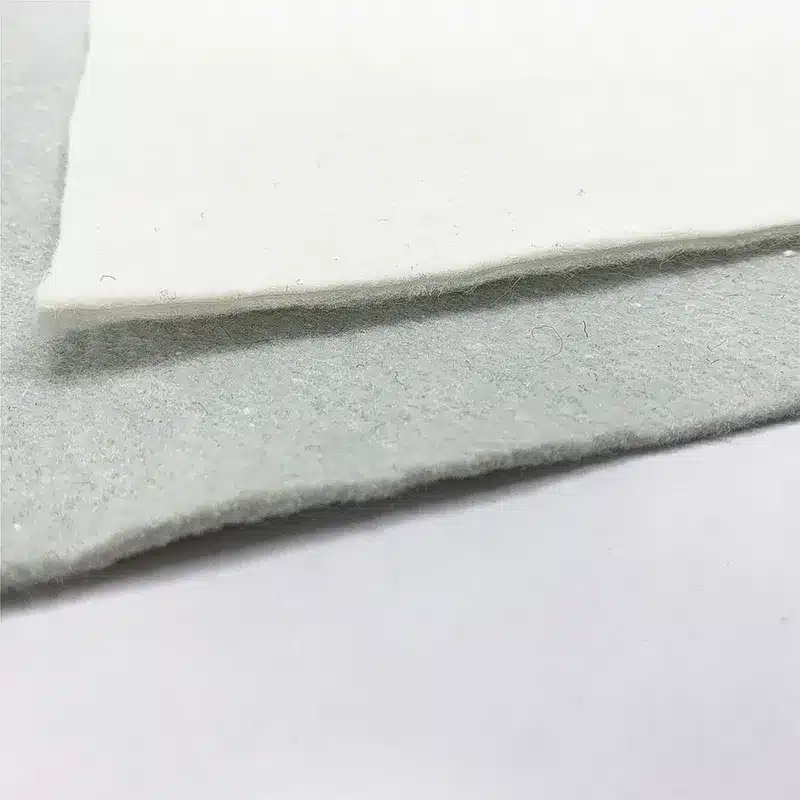+86-159 9860 6917
info@geofantex.com
geofantex@gmail.com
+86-400-8266163-44899
Geotextile fabric is a versatile material widely used across industries for increasing soil stability, providing erosion control, and aiding in drainage. Its unique properties and durability make it an ideal choice for diverse projects. This article explores the uses, advantages, and requirements of geotextile fabric, highlighting its broad utility.

What is geotextile fabric used for?
Geotextile fabric is a versatile material used in various civil engineering and construction projects. Here are the primary uses:
Separation: Geotextiles are often placed between two different soil layers to prevent mixing. For example, they can separate gravel from fine soil in drainage applications, ensuring that the gravel remains permeable while the finer soil doesn’t clog it.
- Reinforcement: In applications like road construction or slope stabilization, geotextiles help improve the strength and stability of the soil. They distribute loads over a larger area, reducing the risk of soil deformation.
- Filtration: Geotextiles allow water to pass through while filtering out fine particles. This is especially useful in drainage systems where water needs to flow freely but soil or debris should be kept out, like in retaining walls or beneath roads.
- Drainage: Geotextiles help in managing water flow by channeling water away from specific areas. This is crucial in areas prone to flooding or waterlogging. For example, they are often used in stormwater management systems or to improve the efficiency of drainage systems.
- Erosion Control: Geotextiles can be used to protect soil from erosion by stabilizing the surface, especially in slopes, riverbanks, and other areas prone to soil loss. They can hold soil in place while allowing grass or vegetation to grow through.
- Environmental Protection: They are also used in environmental projects, such as landfills, to separate different materials while preventing contamination between them. Geotextiles can also be used in landscaping projects to control the growth of weeds while maintaining water permeability.
Overall, geotextile fabric plays a key role in improving soil stability, water flow, and long-term sustainability in various civil and environmental projects.
What are the advantages of geotextile fabric?
Geotextile fabric, a type of synthetic material commonly used in construction and civil engineering projects, offers several significant advantages. Here are the key benefits:
Improved Soil Stability
- Reinforcement: Geotextiles enhance soil stability by preventing soil erosion and providing reinforcement in weak or loose soil conditions. This is especially important in areas prone to landslides or erosion.
- Separation: They act as a separator between different soil layers, preventing the mixing of fine and coarse particles, which helps maintain the integrity of the soil structure.
Effective Drainage
- Water Flow Management: Geotextiles are designed to allow water to flow through them, facilitating drainage and preventing water buildup in construction sites, roadways, and landfills.
- Prevention of Clogging: The fabric’s permeability ensures that water can pass through without the risk of clogging, a common issue in traditional drainage systems.
Reduced Erosion
- Soil Erosion Control: In coastal areas, riverbanks, and slopes, geotextiles help reduce soil erosion by protecting the soil surface from the erosive force of water, wind, or mechanical activity.
- Erosion Protection for Landscaping: Used in landscaping projects, geotextiles help prevent erosion on slopes and riverbanks, making them effective in retaining soil for long-term vegetation growth.
Cost-Effective Solution
- Durability: Geotextile fabrics are often more durable and cost-effective than traditional materials like gravel, sand, or concrete when used for drainage, filtration, or reinforcement purposes.
- Long-Lasting: The material is designed to last for many years, reducing the need for frequent replacements and maintenance.
Versatility
- Wide Applications: Geotextiles can be used in a wide range of projects, including road construction, retaining walls, landfill liners, agricultural applications, and shoreline protection.
- Adaptability: They come in different types, including woven, non-woven, and knitted fabrics, each offering specific benefits based on the needs of the project, whether it’s drainage, filtration, or reinforcement.
Environmental Benefits
- Sustainability: Geotextiles are often made from recycled materials, contributing to sustainability efforts in construction.
- Eco-friendly Drainage: They help reduce the need for large amounts of concrete or other construction materials, which can be harmful to the environment.
Prevention of Root Penetration
- Protection for Pavement and Roads: When used under roads or pavements, geotextiles prevent root penetration that could damage surfaces and structural integrity.
The advantages of geotextile fabric—such as improving soil stability, managing drainage, reducing erosion, providing cost-effective solutions, and offering environmental benefits—make it an essential material in modern construction and civil engineering projects.

How does geotextile fabric contribute to sustainable practices?
Geotextile fabric supports sustainability in several ways:
- Erosion Control: It stabilizes soil and prevents erosion, reducing the need for harmful construction materials.
- Water Management: It filters and drains water efficiently, helping manage stormwater and reduce flooding risks.
- Reduced Environmental Impact: Geotextiles replace energy-intensive materials like concrete, lowering carbon footprints.
- Recycling: Made from recycled materials, they help reduce waste and support a circular economy.
- Energy Efficiency: They improve insulation and reduce energy consumption in construction.
- Longevity: Durable and low-maintenance, geotextiles extend infrastructure life, saving resources.
Overall, geotextiles contribute to eco-friendly, long-lasting solutions in construction and environmental protection.
What variations exist in geotextile fabric based on application needs?
Geotextile fabric comes in various forms: woven or non-woven, permeable or impermeable, and differing thicknesses and strengths. These variations cater to specific requirements, whether for road construction, erosion control, drainage systems, or filtration purposes.
- Uses: Geotextile fabric is utilized in civil engineering, construction, landscaping, waste management, and more for erosion control, drainage, soil stabilization, and filtration.
- Advantages: Its erosion control, drainage enhancement, soil reinforcement, and environmental protection properties make it highly advantageous.
- Sustainability: Geotextile fabric contributes to sustainability by minimizing environmental degradation and reducing material usage in construction.
- Variations: Different types exist based on weave, permeability, strength, and thickness, tailored to specific project needs.
Geotextile fabric stands as a testament to innovation in materials, offering a versatile and effective solution across various industries. Its contributions to sustainability, durability, and functionality make it an indispensable asset in modern applications.



Get Free Sample
We’ll respond as soon as possible(within 12 hours)





















